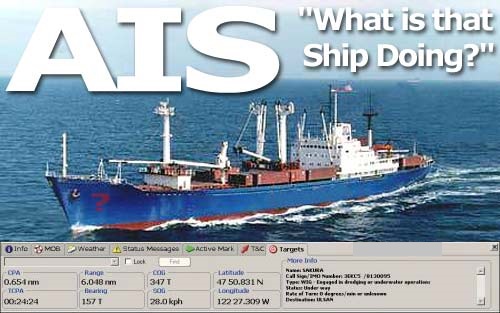As per Regulation 19 of SOLAS Chapter V – Carriage requirements for shipborne navigational systems and equipment – sets out navigational equipment to be carried on board ships, according to ship type.
In 2000, IMO adopted a new requirement (as part of a revised new chapter V) for all ships to carry automatic identification systems (AISs) capable of providing information about the ship to other ships and to coastal authorities automatically.
The regulation requires AIS to be fitted aboard:
- All ships of 300 gross tonnage and upwards engaged on international voyages,
- Cargo ships of 500 gross tonnage and upwards not engaged on international voyages and
- All passenger ships irrespective of size. The requirement became effective for all ships by 31 December 2004.
Ships fitted with AIS shall maintain AIS in operation at all times except where international agreements, rules or standards provide for the protection of navigational information.
A flag State may exempt ships from carrying AISs when ships will be taken permanently out of service within two years after the implementation date. Performance standards for AIS were adopted in 1998.


